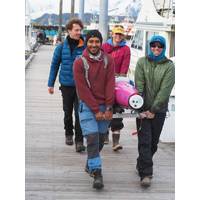
The Power of Scientific Collaboration is Perennial
volcanic debris in marine environments.Additionally in the November issue, Celia Konowe looks at the critical role gliders play in gathering data for understanding climate change and marine biodiversity. An upcoming project is the Sentinel Mission, a collaboration between Teledyne Webb Research and Rutgers University in support of the UN Ocean Decade. It aims to send a Slocum Sentinel Glider on the first circumnavigation of the earth by an autonomous underwater vehicle.The mission will commence in the coming year, bringing together a global community for unity, collaboration and discovery, as well for as

Teledyne Marine Pays Tribute to Doug Webb
.Webb pioneered the development of the buoyancy systems used in these floats and gliders, revolutionizing how scientists approach ocean data gathering. Argo is the most successful ocean observing program, contributing critical information about climate and sea level change.Webb was also honored by Rutgers University’s undergraduate class of 2024 with a letter of appreciation after the Rutgers University Center for Ocean Observing Leadership (RUCOOL) received the 2024 TOS Ocean Observing Award for innovation and excellence in sustained ocean observation at the 2024 Ocean Sciences Meeting, which was
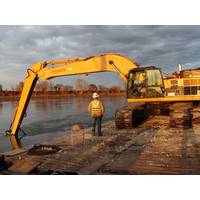
New Algorithm Could Simplify Decisions for Ship Channel Dredging
. “Some factors are static, like geographical features of navigation channels and confined disposal facilities. Others vary substantially, such as navigability condition deterioration (shoaling), traffic, economic values, annual budget and more.”Bian, then a doctoral student at Rutgers University, The State University of New Jersey, collaborated with project leader Yun Bai from the Center for Advanced Infrastructure and Transportation (CAIT) at Rutgers, to develop a dredging planning optimization model (DPOM) and a dynamic prioritization planning (DPP) algorithm that factor in known
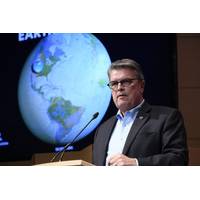
NOAA Research Director McLean to Retire
for his defense of scientific integrity. He is a Fellow of The Explorers Club, the Marine Technology Society, and a past president and chairman of the Sea-Space Symposium.McLean grew up on the Passaic River in Rutherford, New Jersey, received a bachelor of science degree in zoology from Rutgers University and later received a law degree from Quinnipiac College School of Law. He has practiced marine resource and other legal work for NOAA
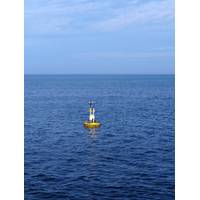
Atlantic Shores to Deploy Research Buoys at U.S. Offshore Wind Lease Area
study its Lease Area for the eventual build-out of over 3 gigawatts of offshore wind. While progressing its portfolio of projects, the developer continues to work with state universities conducting atmospheric and migration research off the New Jersey coast. Last year, Atlantic Shores and Rutgers University Center for Ocean Observing Leadership (RUCOOL) collaborated on the installation of a wind LiDAR (light detection and ranging) instrument alongside the causeway leading to the Rutgers University Marine Field Station in Tuckerton, New Jersey. RUCOOL will use some of the data collected from
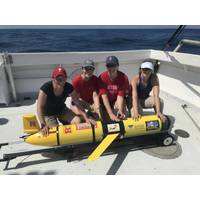
INTERVIEW: Rutgers University Uses Slocum Glider for Ocean Acidification Study
Grace Saba, Assistant Professor, Center for Ocean Observing Leadership, Department of Marine and Coastal Sciences, Rutgers University discusses the value of the Slocum glider and pH sensor technology in the study of Ocean Acidification. Grace, to start us off, can you just give us a short introduction of yourself and an overview of your responsibilities?I'm an assistant professor at Rutgers University: I teach, I conduct research, I serve in many roles at the university, nationally and internationally. My research focuses on the ecology and physiology of marine organisms, specifically how they
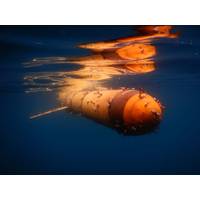
"An Epic Mission": Slocum Glider "Silbo" Circumnavigates the Atlantic Ocean
roughly 1,273 days at sea.“An Epic mission! A technological achievement, a global team building achievement, with data impact on hurricanes and others. A 4-year mission for the record books. Congrats to all involved!,” said Scott Glenn, Board of Governors Professor Rutgers University.During Silbo’s journey, it collected hurricane data, corrected current models, and provided close to 5000 CTD casts that aided metalogical forecasting. With partners from Rutgers University and its student base, UVI, PLOCAN, UGCLP, the Marine Institute, and others, Silbo also participated
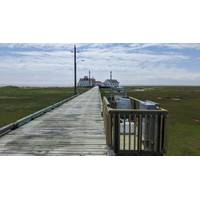
Atlantic Shores Offshore Wind Installs Wind LiDAR in New Jersey
A wind LiDAR (light detection and ranging) instrument has been installed alongside the causeway leading to Rutgers University Marine Field Station in Tuckerton, New Jersey.The fully autonomous sensor platform, owned and operated by Atlantic Shores Offshore Wind, will provide observations of wind profiles up to several hundred feet in a location directly on the land/sea boundary.Atlantic Shores Offshore Wind, a joint venture between Shell and EDF, installed the LiDAR in collaboration with the Rutgers University Center for Ocean Observing Leadership (RUCOOL) and the Rutgers University Marine Field
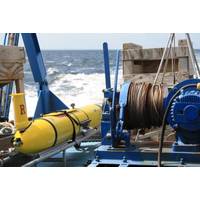
Measuring the Hostile Ocean Beneath Hurricanes
. Ten years ago, Teledyne was awarded the Navy’s Program of Record contract for the operational use of gliders.An impressive example of the benefit of using storm monitoring gliders comes from data collected during Typhoon Soulik in the Western North Pacific in 2018. A Slocum glider from Rutgers University had been deployed in advance of the storm. The in-situ data showed an extremely rapid change in upper ocean water temperature upon the arrival of the storm. In comparison, a computer-based forecasting model showed a much slower transition in response to the storm, leading to a discrepancy of
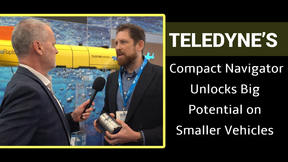
 February 2025
February 2025





